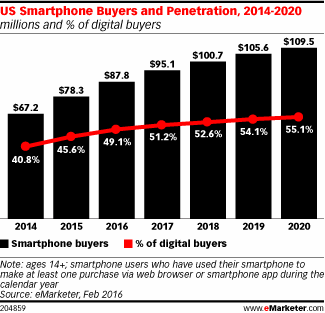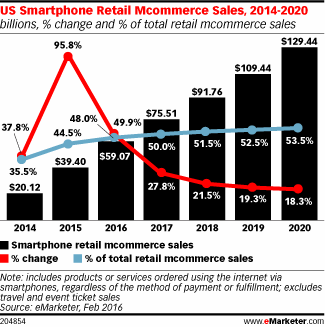Syfy is mostly synonymous with one word: Sharknado – the glorious and ridiculous made-for-television movie series that first made waves in 2013. Three installments have aired since, each more absurd than the other.
The last one even featured Dallas Mavericks owner Mark Cuban as the trigger-happy president of the United States killing a slew of sharks. A fourth version of Sharknado is scheduled for later this year.
With a constant need to feed fans of the fantasy and sci-fi genres with immersive experiences, NBCUniversal’s cable and satellite TV outfit is producing a variety of multi-platform content to complement their imagination-based entertainment that includes shows like Face Off, The Magicians and 12 Monkeys.
Syfy Labs was unveiled in January to create innovative content for existing and emerging platforms by using technologies like virtual reality, 3D printing and second-screen Internet of Things integrations.
Matthew Chiavelli, senior vice president of Syfy Digital, told [a]listdaily that frankly, their audience desires – and expects – innovation. “We formalized our commitment to using the new types of emerging technologies applied to the storytelling experience,” he says.
It’s a far cry from Syfy’s focus 14 years ago when Chiavelli first started working for the company – a time when they were figuring out how to stream video online.
In 2016, they’re giving fans printable files from their favorite programs through MakerBot’s Thingiverse, introducing virtual reality via The Expanse VR app for Samsung Gear VR, and Halycon, a short-form scripted crime drama that will be offered on the Oculus Rift platform. Then there’s the Syfy Sync app working with Philips Hue that brings custom-built lighting tracks to showcase Syfy’s original programs – think about your entire room turning blood red as a shark’s devouring some helpless mass of flesh when Sharknado 4 premieres this July.
Chiavelli joined [a]listdaily to talk about how they’re feeding their audience’s insatiable appetite with the recently launched Syfy Labs.
What kind of an impact has Sharknado had on Syfy?
We’ve watched the fan base grow tremendously. It’s become sort of this global phenomenon. It’s great because it gives us room to experiment in ways we might not have. But we have a big umbrella. The great thing is that you can go anywhere from serious dramas like 12 Monkeys and The Expanse to the more light-hearted fun stuff.

How do you keep viewers engaged after the weekly shows have aired?
One way is through MakerBot, which is one of the largest manufacturers of 3D printers. They have a site called Thingiverse, which is their marketplace for 3D models. We are the first media or entertainment company to have a section within Thingiverse with officially sanctioned 3D models. People can access printable files from their favorite Syfy programs. This is a very vibrant and growing community filled with enthusiastic people. It’s a way for us to get into that space, and also to experiment. What’s great about this is that it’s simplified versions of the actual 3D assets that are used by the visual effects department. We didn’t recreate them. We worked with our team.
People who are fans of cutting-edge tech typically are fans of the Syfy genre. When we’re looking at emerging technologies like 3D printing, it’s very important to us because it puts us on the radar again for people who may not know about all of our programming. It’s creating another use-case, and adding a new dimension.
What are some new strategies you’ve been implementing?
We’re based out of New York, so we previewed a CES demo of our technologies inside our offices a month before it premiered, and got write-ups from press like Bloomberg that would never talk about Sharknado, and wouldn’t think of Syfy as a tech brand, per se. From a trade marketing point of view, it was great for us. We got other sectors talking about our lighting integration. So from a promotional standpoint, it was great. We’re committed to the technologies. We want to be as nimble as possible, while surprising our viewers with things they weren’t expecting. For example, for The Expanse, we tried something unique where we had the first episode available online before it premiered on air. After the second episode aired, we made the third and fourth available for the holiday break for viewers to binge on.
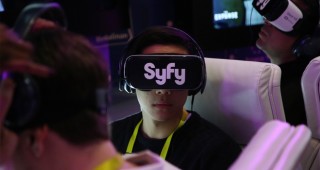
How does Syfy Labs plan on using virtual reality?
Virtual reality is one of the technologies we want to apply to our shows, but we really want to use it where it’s applicable. We’ve been looking at VR for quite a while, but really didn’t have a property that was suited for it. We had to be sensitive to the content. But once The Expanse went into production, and we saw how gorgeous the visual effects were, we ending up doing it. At CES, we had The Expanse VR app for Samsung Gear VR enabling attendees to explore spacecraft and settings from the heralded drama series in high-quality 3D VR. The television industry is in a really interesting place right now with the acceleration and growth of non-linear viewing. We have to make sure we’re consistently serving our audience.
Follow Manouk Akopyan on Twitter @Manouk_Akopyan.
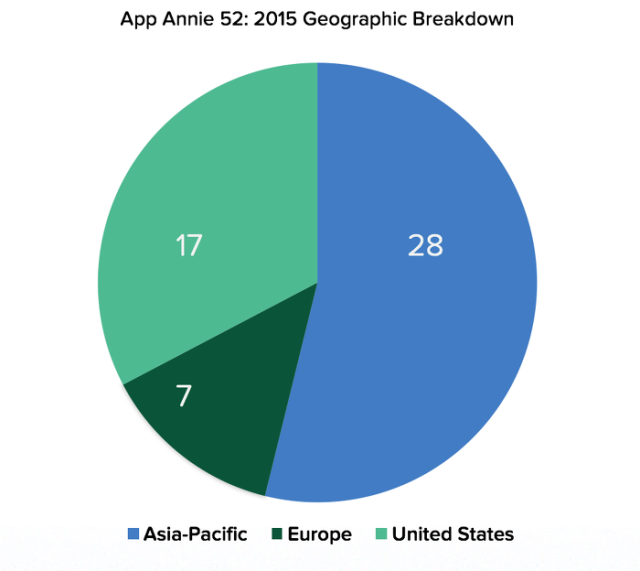


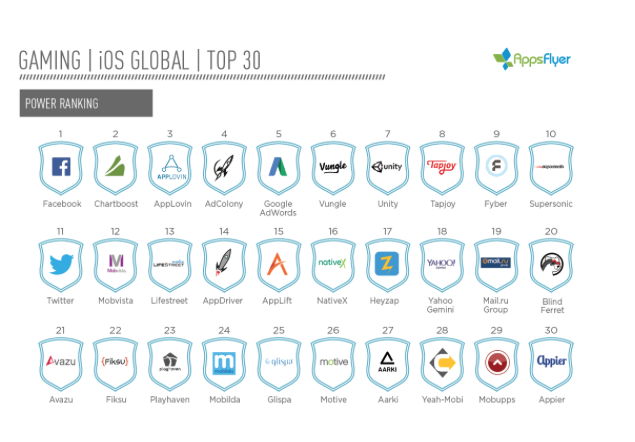 Video advertising is key for retention
Video advertising is key for retention


